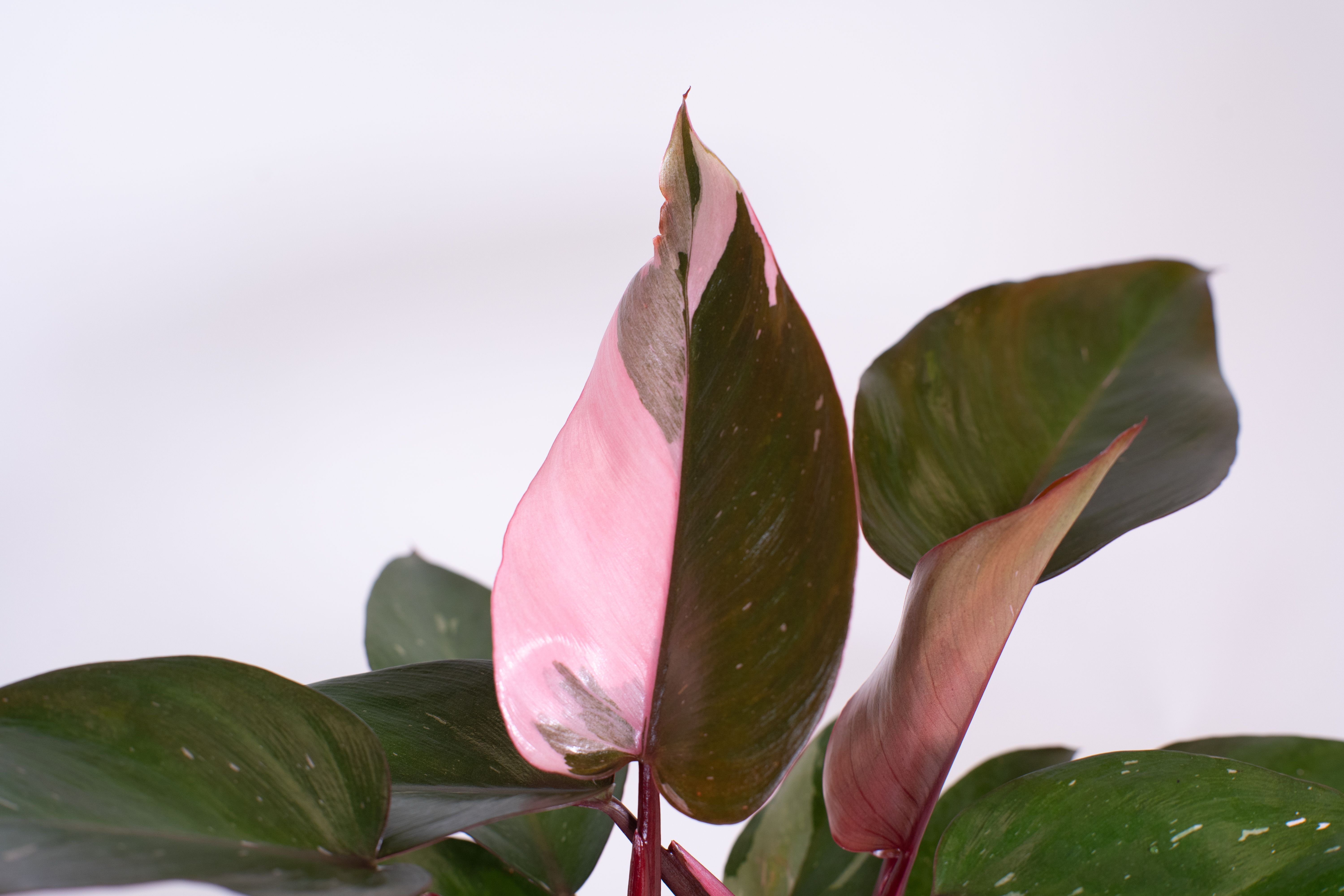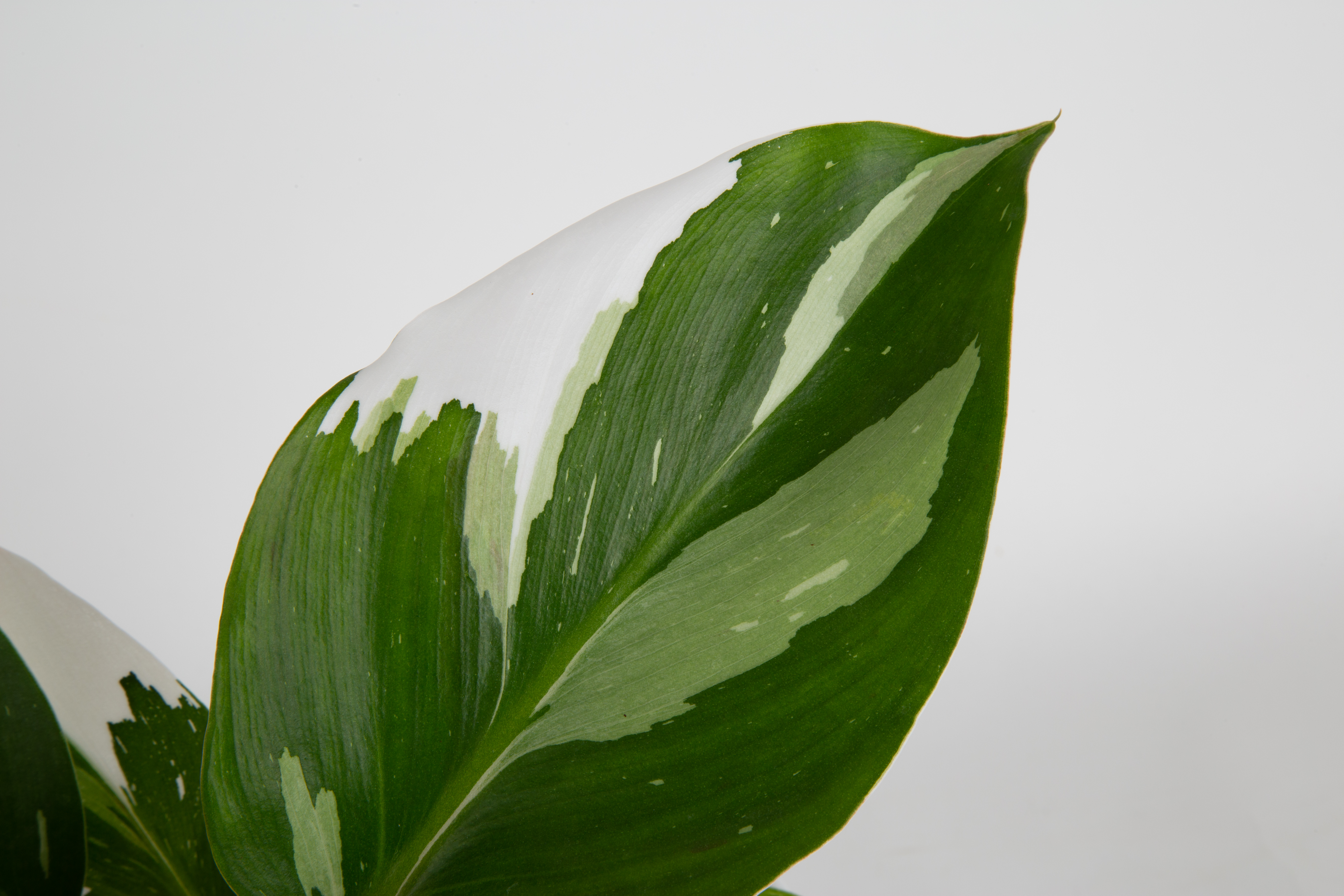The Best Types Of Philodendron: 8 Vining And Non-Climbing Houseplants
These 8 no-fuss philodendron varieties are perfect for starting your houseplant collection, or for adding the next perfect one to your windowsill.

Liz Baessler

Philodendrons are extremely popular houseplants. They are low maintenance and very forgiving of a variety of conditions and some neglect. This makes them popular, but people also love philodendrons for their attractive appearance and variety.
There are several types of philodendron, including species and varieties with various appearances: heart-shaped, lance-shaped, or fiddle-shaped leaves, vining growth, self-heading growth, variegation, large leaves, and even pink coloration.
Choosing the Types of Philodendron Plants for Home Growing
All types of philodendron houseplants are tropical species native to Central and South America. Philodendron care is simple for all types: bright, indirect light, well-draining potting mix, warmth and humidity, and occasional fertilizer.
When choosing from among all the different types of philodendron, think about the space you have available. Sizes range from small to large. If you choose a vining type, do you have a way to support the vines?
Also consider availability when choosing plants. There are many common types of philodendron that are easy to find, but also rare varieties and species that are hard to find and expensive. (There are even a couple you can buy through us!)
Here are 8 of our favorite varieties that helped make philodendron the 2024 plant of the year.
1. Heartleaf Philodendron (Philodendron hederaceum or P. scandens)
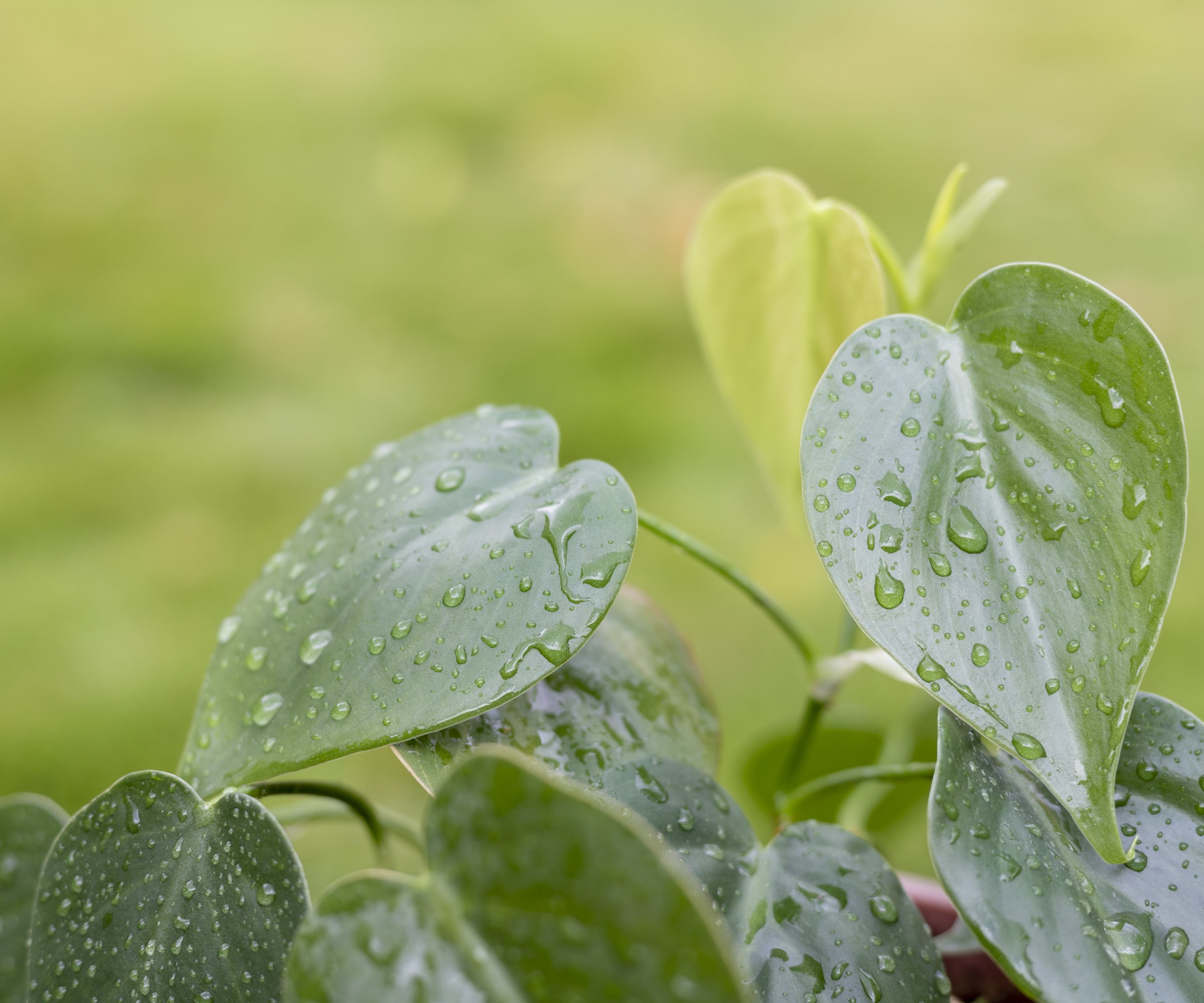
The most common types of philodendron houseplants are heartleaf species. These plants have medium or small, green, heart-shaped leaves growing on vines. Heartleaf philodendron care is simple, and they are among the easiest types to find in garden centers. Look for different varieties with unique colors, like ‘Brasil’ with yellow and lime green variegation.
Sign up for the Gardening Know How newsletter today and receive a free copy of our e-book "How to Grow Delicious Tomatoes".
2. Philodendron bipinnatifidum
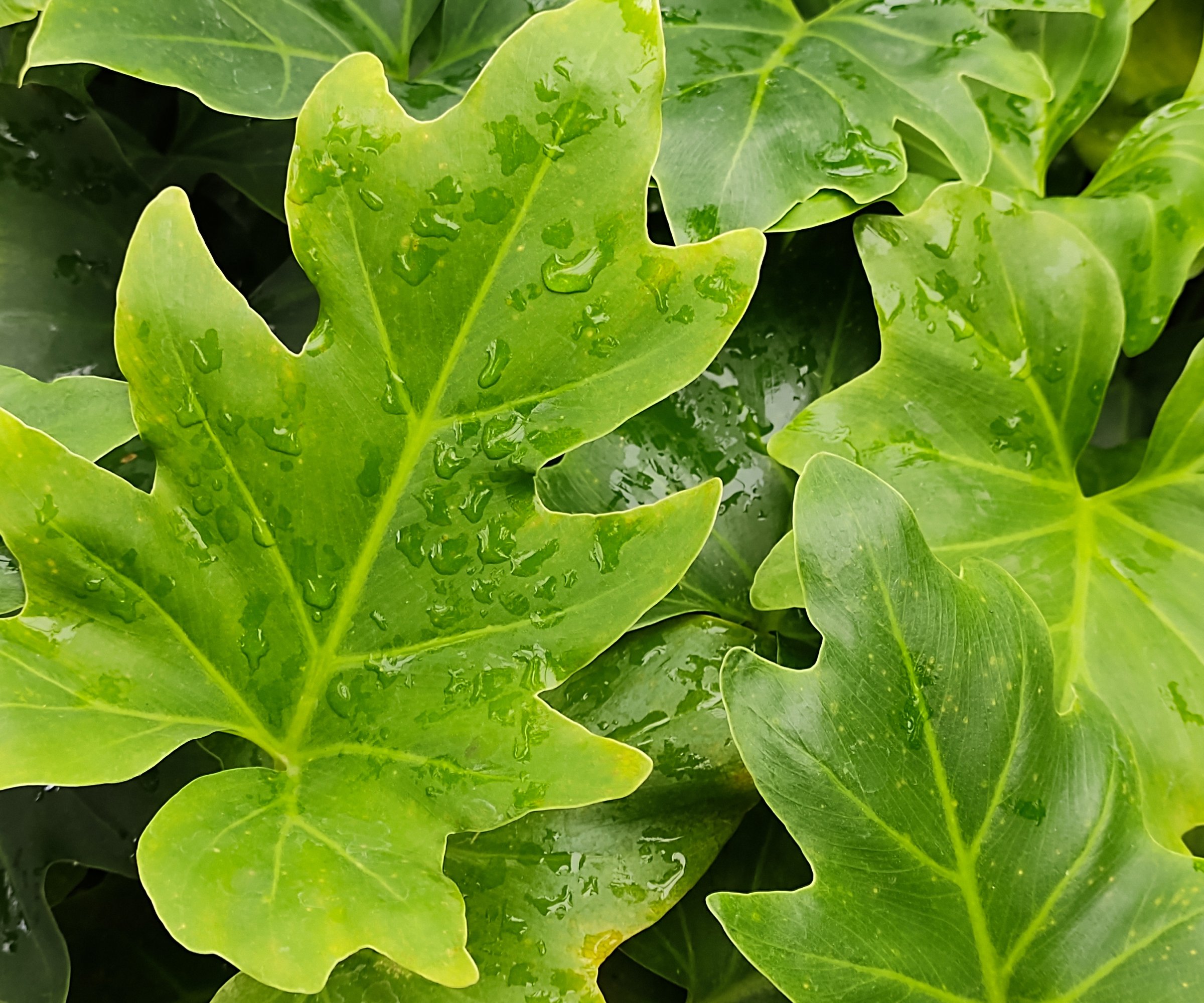
This type of philodendron goes by many common names—lickety split, lacy tree, tree philodendron—and is characterized by large, deeply-lobed leaves. It is self-heading, meaning it grows from a central clump rather than producing vines. It can be very tall outdoors. In a container indoors, it may grow to eight feet (2.4 m) tall.
3. Philodendron erubescens ‘Pink Princess’
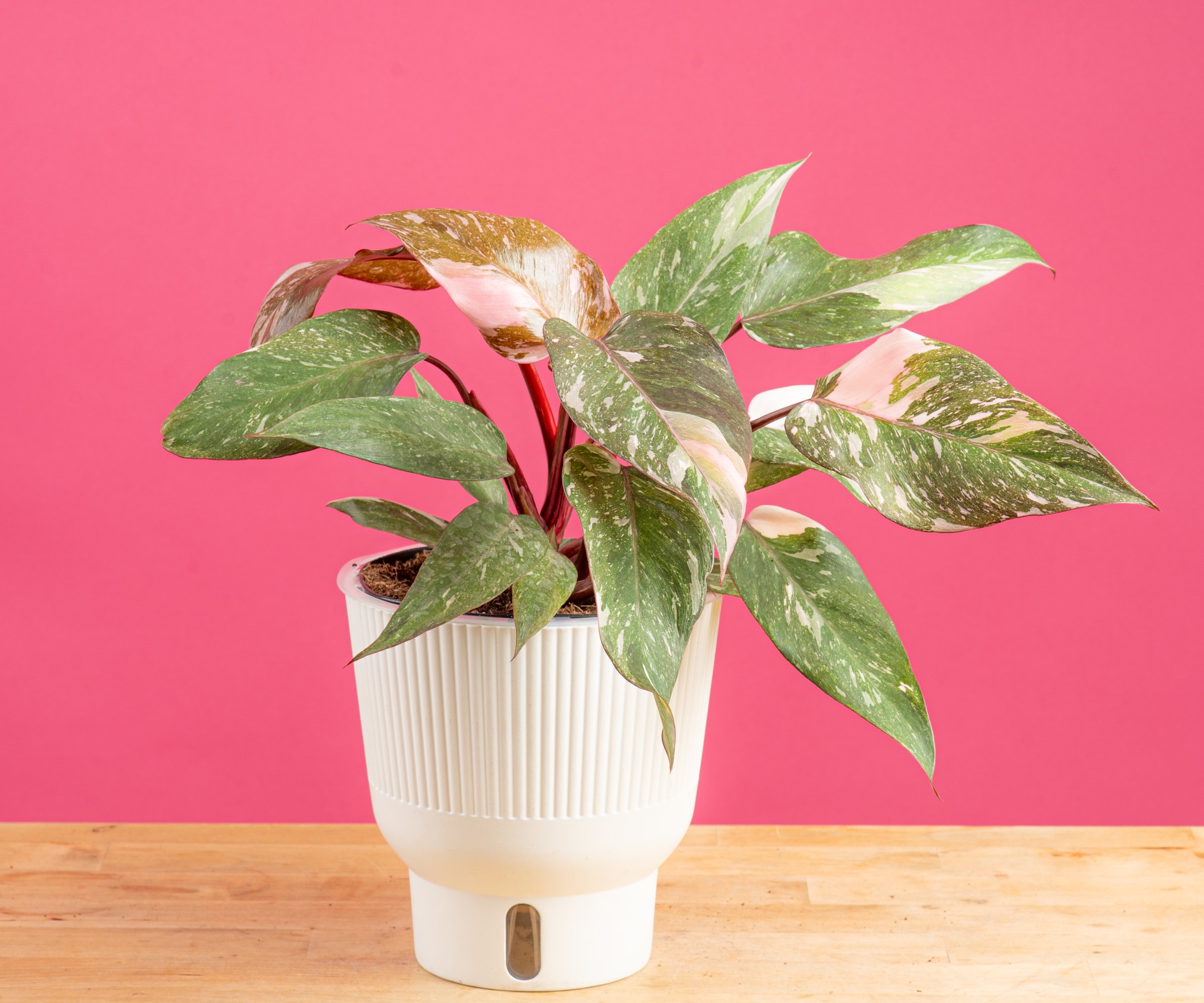
Pink Princess is a real stunner and a top choice for serious collectors. Unlike some other pink types, this philodendron is naturally pink, so the color will not fade. This is a vining type that can grow two to four feet (0.6 to 1.2 m) wide and four to five feet (1.2 to 1.5 m) tall. The leaves are heart-shaped and green with pink variegation. Adequate but indirect light is key to keeping the pink color vibrant.
4. Philodendron mia
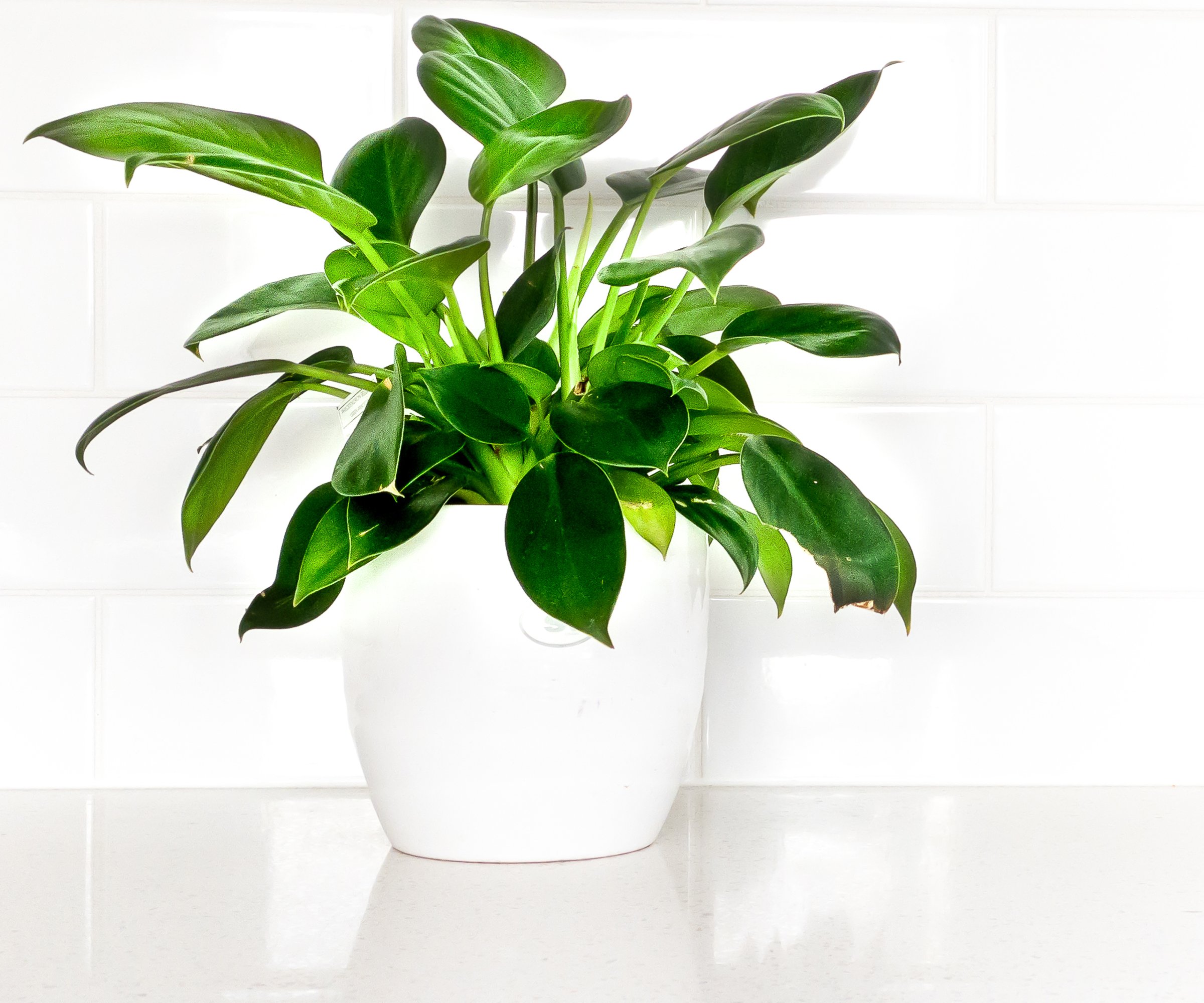
Going by the common name Green Princess, this is one of the smallest types of philodendron you can find. Its mature size is just eight to ten inches (20 to 25 cm) tall and wide. The leaves are small, oval-shaped, and glossy deep green in color. It does well on windowsills and table tops.
5. Philodendron ‘Birkin’
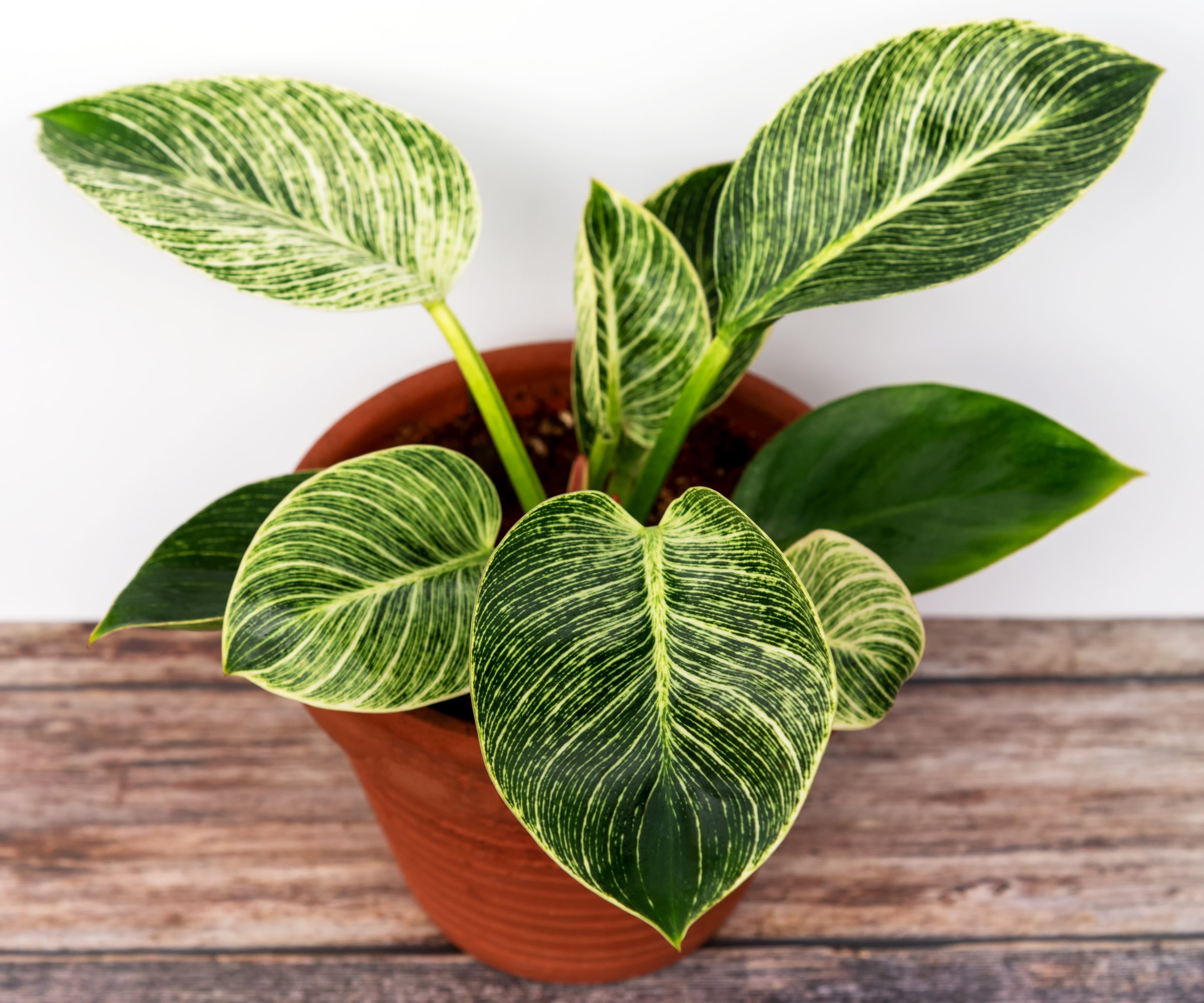
Birkin is a small, upright variety of philodendron (no more than three feet or 0.9 meters tall), which is great for smaller spaces without good support for vines. The leaves are dark green with neat, white pinstripe variegation.
6. Philodendron erubescens ‘White Knight’
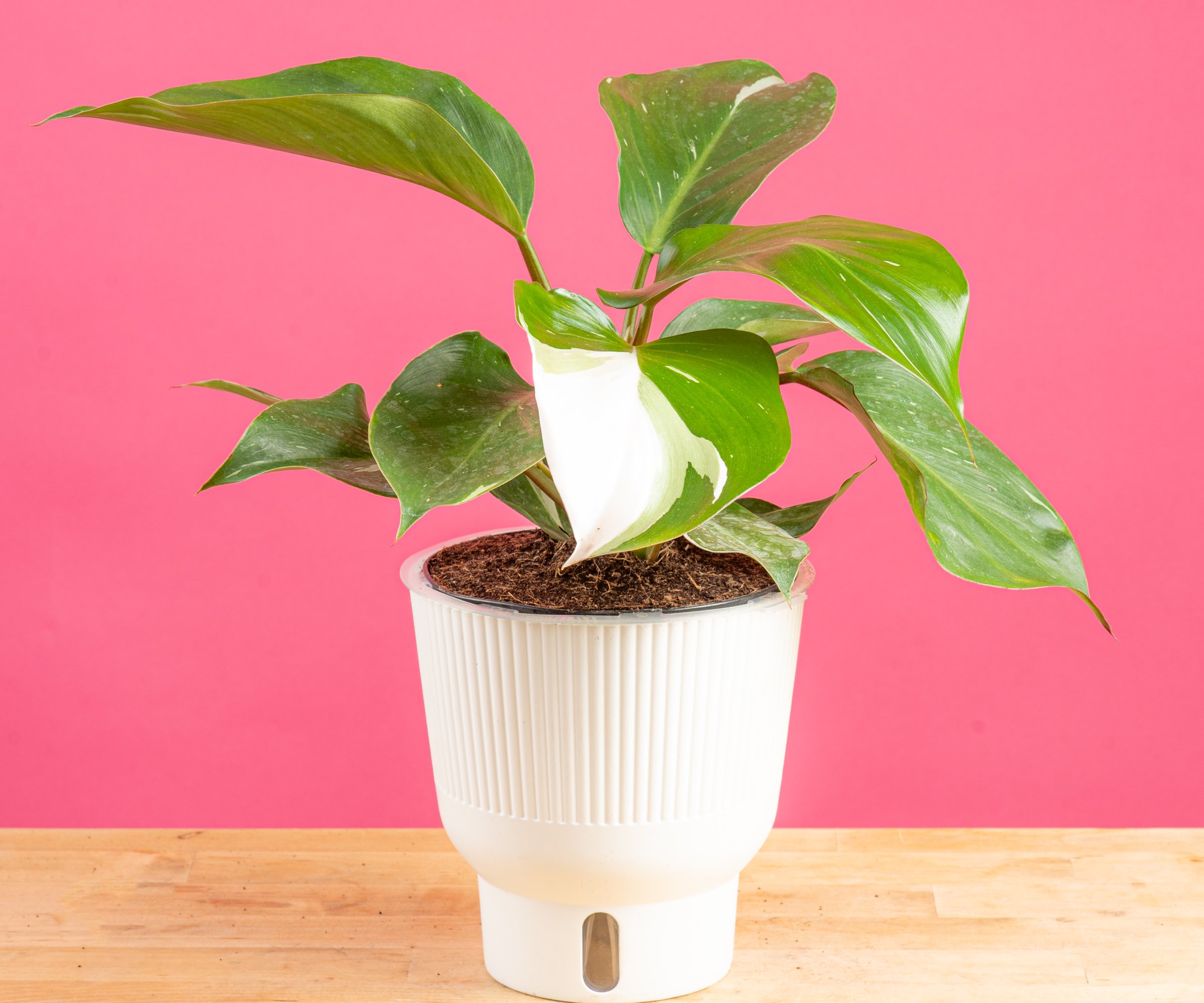
Another sought-after variety of P. erubescens, White Knight might be hard to find but is worth the search. It has elongated, lance-like leaves of light green with pure white variegation. Good growing conditions keep the white areas bright and distinct from the green. Expect it to grow no more than three feet (0.9 m) tall.
7. Philodendron xanadu

Xanadu has officially been reassigned to the Thaumatophyllum genus, but it is still thought of as a philodendron, with similar care needs. It is compact and upright, growing no more than five feet (1.5 m) tall. What makes Xanadu popular is its large and deeply-lobed dark green leaves.
8. Philodendron erubescens ‘Imperial Green’
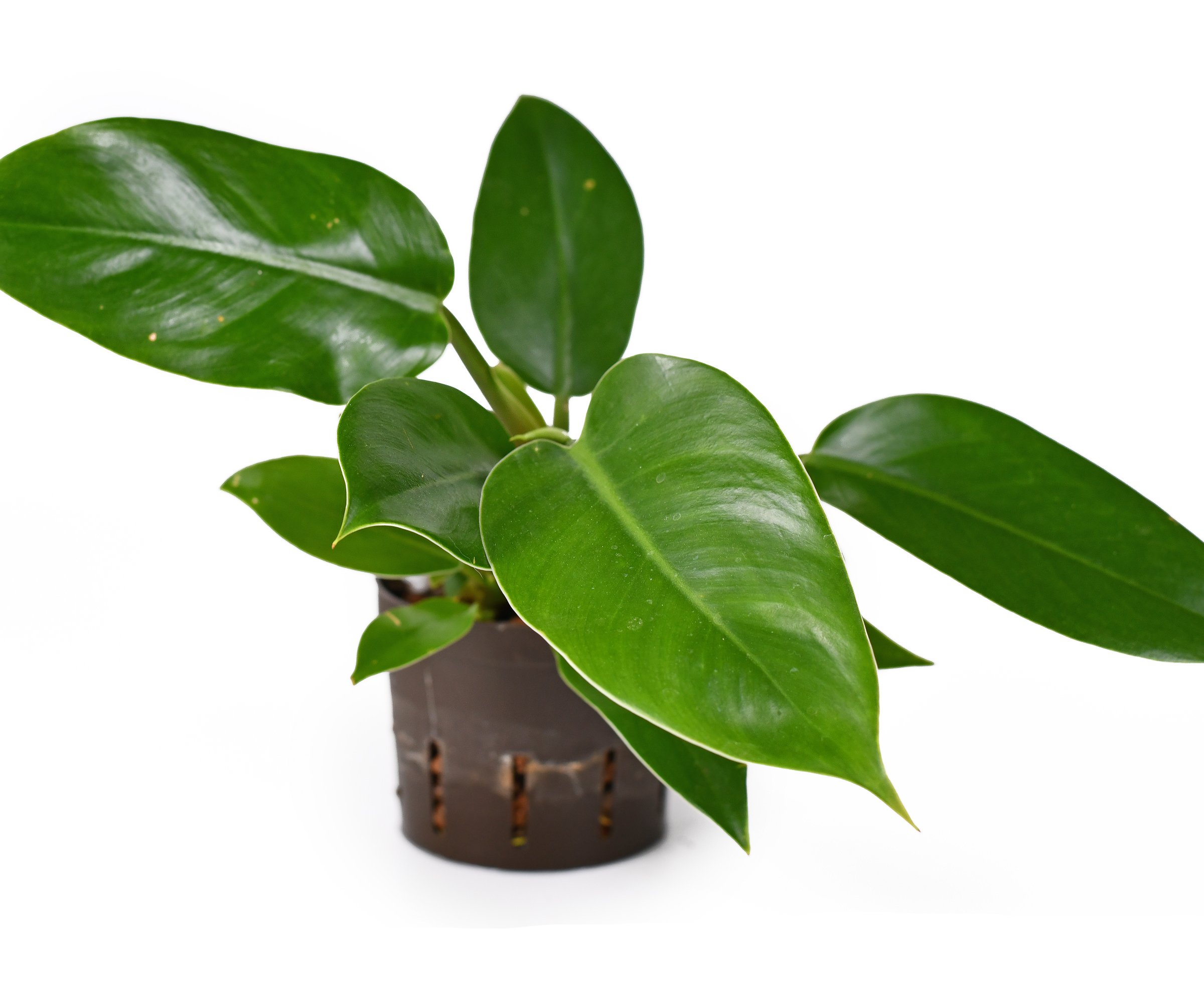
This unique cultivar of philodendron has large, glossy, dark green leaves. As a self-heading or upright variety, Imperial Green stands on its own without a need for support. It only grows a few leaves at a time, but each one is large and striking. Expect it to grow up to four feet (1.2 m) tall.
Frequently Asked Questions
What is the Difference between Philodendron and Pothos?
Philodendron and pothos plants belong to different taxonomic groups: Philodendron (and some others) and Epipremnum. Both are popular houseplants with similar appearances and growth habits. A key difference is that pothos have thicker, waxier leaves. Also, philodendrons better tolerate low light and temperature changes.
What is the Easiest Philodendron to Grow Indoors?
Every type of philodendron is easy to grow indoors, but the easiest are smaller, compact, and self-heading, as they do not require support for vines. Examples include Birkin and Green Princess.
This article features products available from third-party vendors on the Gardening Know How Shop.

Mary Ellen Ellis has been gardening for over 20 years. With degrees in Chemistry and Biology, Mary Ellen's specialties are flowers, native plants, and herbs.
- Liz BaesslerSenior Editor
